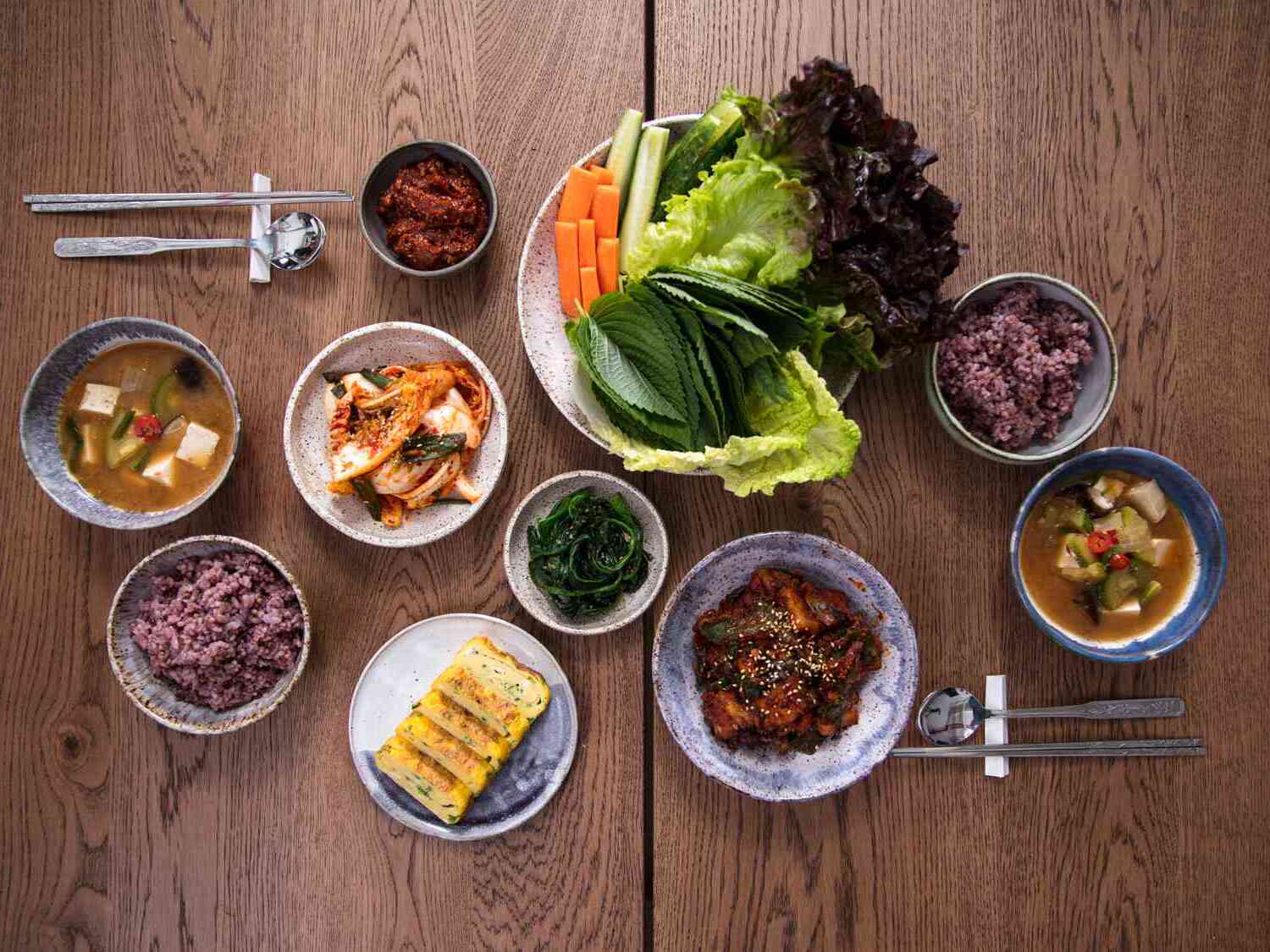Secrets Of Korean Table Manners You Never Knew

Korean table manners are more than just rules; they reflect deep cultural values. Ever wondered why Koreans wait for the eldest to start eating? It shows respect for age and wisdom. Using chopsticks correctly is another important aspect. Placing them parallel on the table when not in use signals you’re done eating. Did you know slurping soup is perfectly acceptable? It’s a sign you’re enjoying the meal. Pouring drinks for others before yourself is another key practice, emphasizing community and care. Understanding these customs can make your dining experience in Korea much richer and more enjoyable.
Respecting Elders
Korean culture places a high value on respecting elders, especially during meals. This respect is shown through various table manners that might seem unusual to outsiders but are deeply ingrained in Korean society.
Waiting for Elders to Start
Before digging in, everyone waits for the eldest person at the table to start eating. This shows respect and acknowledges their seniority.Serving Elders First
When dishing out food, younger people serve the elders first. This act of service highlights the importance of taking care of older family members.Using Both Hands
When passing dishes or pouring drinks, use both hands. This gesture shows sincerity and respect towards the person receiving the food or drink.
Proper Use of Utensils
Korean meals often involve a variety of utensils, including chopsticks and spoons. Knowing how to use them correctly is crucial to fitting in at the table.
Chopsticks and Spoon Placement
Place chopsticks and spoons on the table, not sticking them into the rice bowl. Sticking utensils into food resembles funeral rites, which is considered bad luck.No Pointing with Chopsticks
Avoid pointing at people or objects with chopsticks. This is seen as rude and disrespectful.Resting Utensils
When taking a break from eating, rest chopsticks on the chopstick rest or the edge of your plate. Never leave them sticking out of a dish.
Sharing is Caring
Korean meals are often communal, with many dishes placed in the center for everyone to share. This practice fosters a sense of community and togetherness.
Using Serving Utensils
Use serving utensils to take food from communal dishes. This practice maintains hygiene and shows consideration for others.Taking Small Portions
Take small portions at a time to ensure everyone gets a fair share. This also allows you to try a bit of everything without wasting food.Offering Food to Others
Offer food to others before serving yourself. This gesture shows generosity and thoughtfulness.
Drinking Etiquette
Drinking is an important part of Korean social gatherings. There are specific manners to follow to show respect and camaraderie.
Pouring Drinks
When pouring drinks, hold the bottle with both hands. This shows respect and attentiveness to the person you are serving.Receiving Drinks
Receive drinks with both hands or with one hand supporting the other arm. This gesture mirrors the respect shown when pouring.Turning Away to Drink
When drinking alcohol in the presence of elders, turn your head away from them. This shows humility and respect.
Finishing the Meal
How you end a meal in Korea is just as important as how you start it. Properly finishing your meal shows gratitude and respect for the food and the people who prepared it.
Eating Everything on Your Plate
Finish all the food on your plate. Leaving food behind can be seen as wasteful and disrespectful.Thanking the Host
Thank the host or the person who prepared the meal. This shows appreciation for their effort and hospitality.Leaving the Table
Wait for the eldest person to leave the table before you do. This final act of respect rounds off the meal on a positive note.
Embracing Korean Table Etiquette
Understanding Korean table manners can make your dining experience richer and more respectful. Simple actions like waiting for elders to start eating, using both hands when receiving or passing items, and avoiding sticking chopsticks upright in rice show respect and appreciation for Korean culture. These customs reflect deep-rooted traditions and values that emphasize respect, community, and harmony.
Next time you enjoy a Korean meal, remember these tips. They will not only help you fit in but also show your respect for the culture. Embracing these practices can lead to more meaningful interactions and a deeper appreciation of Korean traditions. So, whether you're dining at a Korean restaurant or visiting a Korean home, keep these manners in mind. They will enhance your experience and show your respect for this rich and vibrant culture.

